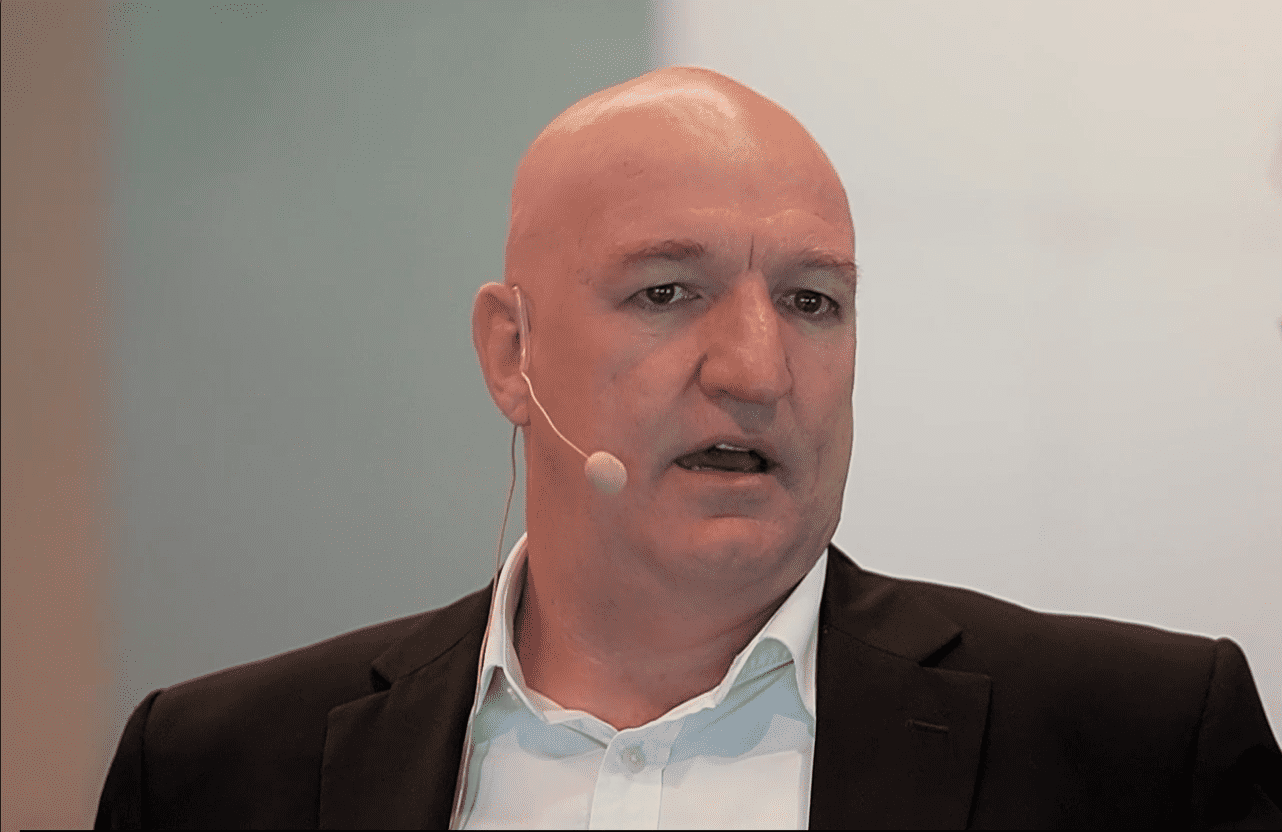Certain S&P/ASX 200 Index (ASX: XJO) shares can be great tools for investors in their 60s because of the combination of the dividend yield and the potential for growth.
People in their 60s are probably entering retirement, if they're not already there.
The businesses I'm going to highlight have pleasing passive income records, as well as underlying characteristics that should help them grow in the coming years.
I think the growth of earnings and the payouts is important for a number of reasons. It helps offset inflation, it can boost retirement spending, and it should also assist with wealth creation. At 65, investors may still have three or more decades of lifestyle cash flow requirements from a portfolio.
Washington H. Soul Pattinson and Co. Ltd (ASX: SOL)
Soul Patts is an investment house that has operated for 120 years. While it started out as a pharmacy business, it has involved into a very diversified company.
The diversification of the portfolio means that Aussies needing exposure to more sectors can get that with this ASX 200 share. It's invested in areas like industrial property, telecommunications, resources, financial services, swimming schools, building products, credit and plenty more.
Its portfolio of investments is steadily growing in value over time and they are also delivering larger dividends up to Soul Patts. The company is regularly investing in new ASX shares and private investments, expanding its portfolio and growth avenues.
I believe the ASX 200 share is a great option for income seekers because it has increased its annual ordinary dividend every year since 1998, which is the best record on the ASX for consecutive annual increases.
This could be the type of investment that provides a pleasing mixture of dividend yield, dividend growth and capital growth. At the time of writing, it has a grossed-up dividend yield of 3.6%, including franking credits.
Charter Hall Long WALE REIT (ASX: CLW)
The other ASX 200 share I want to highlight is this real estate investment trust (REIT) which owns a diversified portfolio across a variety of property sectors including pubs and hotels, service stations, government-tenanted offices, distribution and logistics warehouses, food manufacturing and so on.
I like that diversification for multiple reasons – it spreads the risks of being too focused on one sector and it also gives it more areas of the commercial property world to find the best opportunities.
The key attribute that links all these properties together is that they have contracts for a long time with blue-chip tenants, providing rental income visibility and security. At 31 December 2024, it had a weighted average lease expiry (WALE) of close to a decade.
Its FY25 distribution per security is 25 cents, which translates into a distribution yield of around 6% at the time of writing.
I think the ASX 200 share's distribution could increase in the coming years thanks to two factors. Firstly, there are contracted annual rental increases (which are linked to inflation, or fixed annual rises) at its properties which is a good tailwind for rental profits.
Second, recent and future RBA cash rate cuts should help reduce interest costs and boost rental profits, enabling larger distributions.









